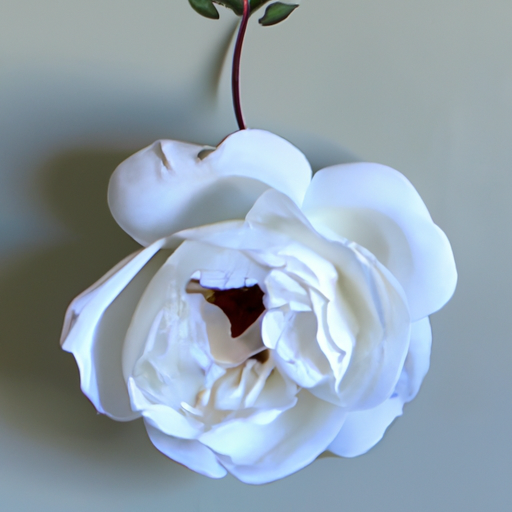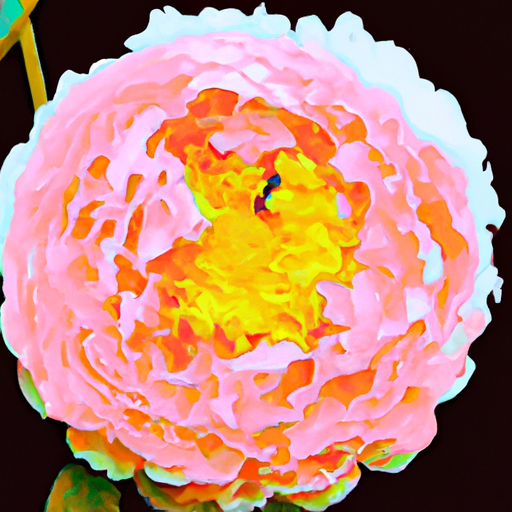
-
Table of Contents
Organic Aesthetics: Infusing Nature into Design

Design is an essential aspect of our daily lives, influencing our emotions, behaviors, and overall well-being. In recent years, there has been a growing trend towards incorporating nature into design, known as organic aesthetics. This approach seeks to create harmonious and sustainable spaces that connect people with the natural world. In this article, we will explore the concept of organic aesthetics, its benefits, and how it is being applied in various design disciplines.
The Concept of Organic Aesthetics
Organic aesthetics is rooted in the belief that humans have an innate connection with nature and that incorporating natural elements into design can enhance our well-being. It goes beyond simply adding plants or natural materials to a space; it involves creating a holistic design that mimics the patterns, forms, and processes found in nature.
One of the key principles of organic aesthetics is biomimicry, which involves imitating nature’s patterns and strategies to solve design challenges. For example, architects may draw inspiration from the structure of a honeycomb to create efficient and sustainable building designs. By emulating nature’s wisdom, organic aesthetics seeks to create spaces that are not only visually appealing but also functional and sustainable.
The Benefits of Organic Aesthetics
There are numerous benefits to incorporating organic aesthetics into design. Let’s explore some of the key advantages:
- Improved well-being: Research has shown that exposure to nature has a positive impact on our mental and physical well-being. Incorporating natural elements into design, such as biophilic patterns or materials, can reduce stress, improve mood, and enhance cognitive function.
- Sustainability: Organic aesthetics promotes sustainable design practices by using renewable materials, energy-efficient systems, and eco-friendly construction techniques. By mimicking nature’s efficiency, designers can create spaces that minimize environmental impact.
- Enhanced creativity and productivity: Studies have found that exposure to nature can boost creativity and productivity. By infusing natural elements into workspaces, such as natural light, greenery, or views of nature, designers can create environments that inspire and energize individuals.
- Connection with the natural world: In today’s urbanized and technology-driven world, many people feel disconnected from nature. Organic aesthetics aims to bridge this gap by bringing nature into our daily lives. By creating spaces that evoke a sense of nature, designers can help individuals reconnect with the natural world.
Applications of Organic Aesthetics
Organic aesthetics can be applied across various design disciplines, including architecture, interior design, product design, and urban planning. Let’s explore some examples of how organic aesthetics is being incorporated in these fields:
Architecture
In architecture, organic aesthetics can be seen in the design of buildings that blend seamlessly with their natural surroundings. For example, the Fallingwater house designed by Frank Lloyd Wright integrates natural elements such as waterfalls and boulders into the structure, creating a harmonious relationship between the built environment and nature.
Another example is the Bosco Verticale in Milan, Italy, designed by Stefano Boeri. This residential building features extensive greenery on its balconies, creating a vertical forest that not only enhances the aesthetics but also improves air quality and biodiversity in the urban environment.
Interior Design
In interior design, organic aesthetics can be achieved through the use of natural materials, colors, and textures. For instance, incorporating reclaimed wood furniture, stone accents, or natural fibers like jute or bamboo can create a sense of warmth and connection to nature within a space.
Biophilic design is another approach that falls under organic aesthetics. It involves incorporating elements such as indoor plants, natural light, and views of nature into interior spaces. This approach has been shown to improve productivity, creativity, and overall well-being.
Product Design
Product designers are also embracing organic aesthetics by creating products that mimic natural forms and processes. For example, the Dyson Air Multiplier fan draws inspiration from the shape and efficiency of a jet engine, resulting in a sleek and functional design.
Another example is the Nendo Water Bottle, which takes inspiration from the shape of a water droplet. This design not only enhances the aesthetics but also improves the user experience by providing a comfortable grip and easy pouring.
Urban Planning
In urban planning, organic aesthetics can be applied to create sustainable and livable cities. For instance, incorporating green spaces, such as parks and rooftop gardens, can improve air quality, reduce the urban heat island effect, and provide recreational areas for residents.
The High Line in New York City is a prime example of organic aesthetics in urban planning. This elevated park was created on a former railway track, incorporating natural elements, public art, and walking paths. It has become a popular destination for both locals and tourists, revitalizing the surrounding neighborhood.
Conclusion
Organic aesthetics is a design approach that seeks to infuse nature into our built environment. By incorporating natural elements, mimicking nature’s patterns, and promoting sustainable practices, designers can create spaces that enhance well-being, foster creativity, and reconnect individuals with the natural world.
Whether it’s through architecture, interior design, product design, or urban planning, organic aesthetics offers a multitude of benefits. From improving mental and physical well-being to promoting sustainability and enhancing productivity, the integration of nature into design is a powerful tool.
As we continue to face the challenges of urbanization and environmental degradation, organic aesthetics provides a pathway towards creating harmonious and sustainable spaces that prioritize the well-being of both humans and the planet.
